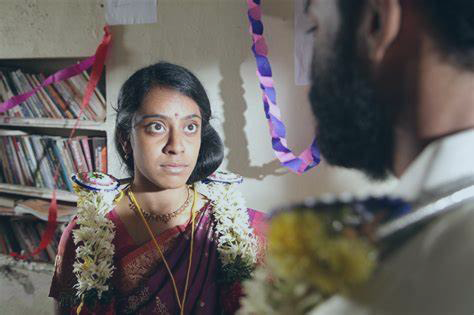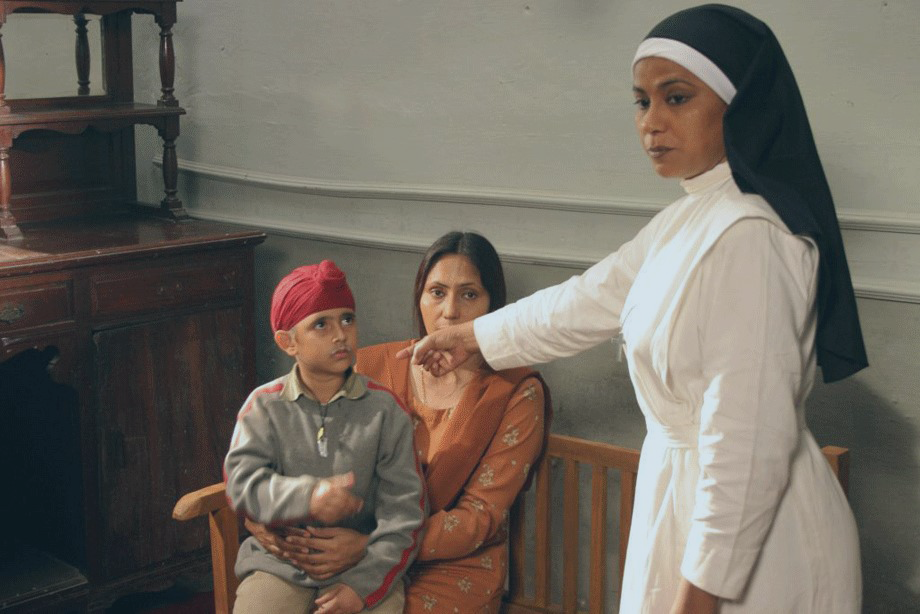Introduction
For many people, Christianity and India appear as two distinct identities with Christianity being as foreign to India as India is to Christianity. They are surprised to learn that Indigenous Christians have maintained a continual existence in India since the time of the Apostles. And that, for centuries, Christianity has played a tremendous, yet underrecognized role, in shaping India’s artistic and intellectual history.
Examples of this include the vast collection of Christian artworks, produced by Hindu and Muslim court artists, of the Mughal Empire. And the synthesis of Christian social teaching and Gandhi’s political and philosophical views into a field now known as Gandhian economics, initially developed by the Indian-Christian, J.C. Kumarappa, who was an economist an activist for Indian independence.
This centuries old interaction between Christianity and broader Indian society continues into the present day with Indian cinema being a major arena for this. Despite its enormity and tremendous success across the Global South the attitude of many Westerners towards Indian movies lies somewhere between apathy and condescension. With the industry often erroneously perceived as a homogenous genre defined by three-hour run-times, over-the-top dance routines, syrupy dialogue, melodramatic acting, and campy fight scenes.
These stereotypes mask the sheer diversity of Indian cinema which since its inception, more than a century ago, has sought to depict the diversity of India and explore a vast array of ideas, including Christian themes and ideals, through creative storytelling. In many cases these films defy clear cut genres. We typically imagine a Christian film as possessing an explicitly religious message which it aims to impart on an exclusively Christian audience. These films exist in India but coexist with a parallel stream of movies featuring authentically Christian characters and themes targeting a primarily non-Christian audience where the aim is to illustrate Christian ideals to an unfamiliar audience. This creates a sense of subtlety in the film’s messaging that can be hard to find in many Western Christian films.
The goal of this article is to introduce readers to the relatively unknown world of contemporary Indian Christian cinema by highlight five films which depict the lives of Indian Christians and explore the challenge of living by Christian ideals in a chaotic world where right and wrong are not so clear cut. For context, the term Indian cinema refers to all cinema produced in India and encompasses films made in over two dozen languages. Bollywood is a nickname given to India’s Hindi language film industry which coexists alongside several other competing linguistic industries. For example, the 2022 film RRR, which one Best Song for the musical number Naatu Naatu at the 2023 Oscars, is a Telugu language film. This makes it an Indian movie, but not a Bollywood movie.











